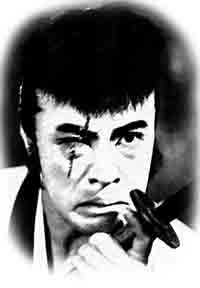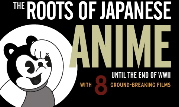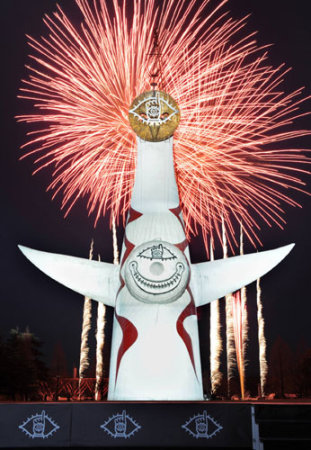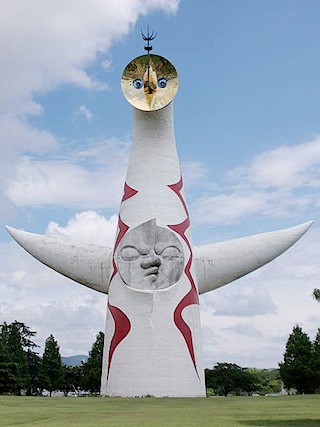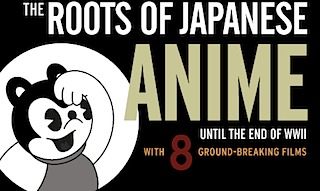Akemashite omedeto gozaimasu! I hope everyone's had a good new year so far!
For me, a Japanese oshogatsu is not just about osechi ryori and hatsumode and kakisome and "traditional" things like that, it's about television. Yes, nenmatsu specials, oshogatsu bangumi, etc. etc. When I lived in Japan, I looked forward to finishing up the osoji (the big year-end clean up that is a great occasion to get you off your ass and cleaning up the house), making some homemade soba, sitting down in front of the TV on New Year's Eve, and vegitate by watching Kohaku uta gassen (the Red and White Song Contest) and Yukutoshi kurutoshi. The next days would be filled with watching all those silly New Year's programs like the Kakushigei taikai and the monomane shows and whatever special came up. Of course I had to watch the Hakone Ekiden too. These were all great ways of catching up with who's who in the geinokai and music world, but there was also something ritualistic about it. Kohaku used get ratings of about 80 percent in the 1960s, so it was as if what helped you define yourself as Japanese was not just going to the shrine on gantan, but watching that peculiar amalgam of enka and pop singers. (Kohaku's lower ratings today may hint at the end or redefinition of such national rituals.) Watching all the TV, beyond being a source of relaxation, was a way of feeling at home at my second home.
This year we tried to do a TV shogatsu as well. Since coming to Connecticut, my wife has always done a great job making osechi ryori, and I recently have gotten a bit better at teuchi soba, so in that field, we haven't done so bad. What we were missing, however, was the TV. We've always had a problem getting Japanese TV here because Japanese networks have done a terrible job packaging their programming abroad. Most big city cable systems will have two or three Korean or Chinese channels, but rarely anything Japanese. There is a service called TV Japan that is available by satellite, U-Verse, and a small number of cable systems, but that is 90% NHK programming (i.e., public television), and only a small amount of commercial programming. Fuji TV has offered a few shows to RNN, but we don't get that here. So instead of trying to develop new audiences for their programming (by adding English subtitles, which they usually don't do), or provide programming for Japanese abroad who are desperate for shows, the Japanese commercial networks just sue internet companies that try to send shows over the net, or wait around until some US company will pay top dollar for Ninja Warrior. It's self-defeating and short-sighted (failures also evident in Japanese film companies). The result is that most Japanese here utilize grey area internet services, or watch for shows on YouTube or Veoh.
This time, we gave TV Japan a try, in part because we could watch Kohaku. It has some benefits: we can watch the news and my wife got hooked on Atsuhime. But frankly, I don't watch much NHK when I'm in Japan. It's extremely conventional, "good quality" programming that lacks imagination and spice. I'm a fan of variety shows and NHK variety shows suck! But at least this time I could watch Kohaku!
But it was a disappointment. It was fun seeing Jero (his katakana name is similar to mine), or Kang Sang-jung playing with a Ponyo puppet, but the image quality was horrible! It was like watching a full screen version of an internet clip! And I pay $25 a month for this? Plus, they didn't have any of the other fun oshogatsu programming! (I also hate the fact that half the sports events they show in the news are blacked out for copyright reasons. They can't even get clearance for those? What cheapskates!)
Maybe I should just unsubscribe and try those grey area services. The TV companies will lose money, but one feels that it is their own fault.
